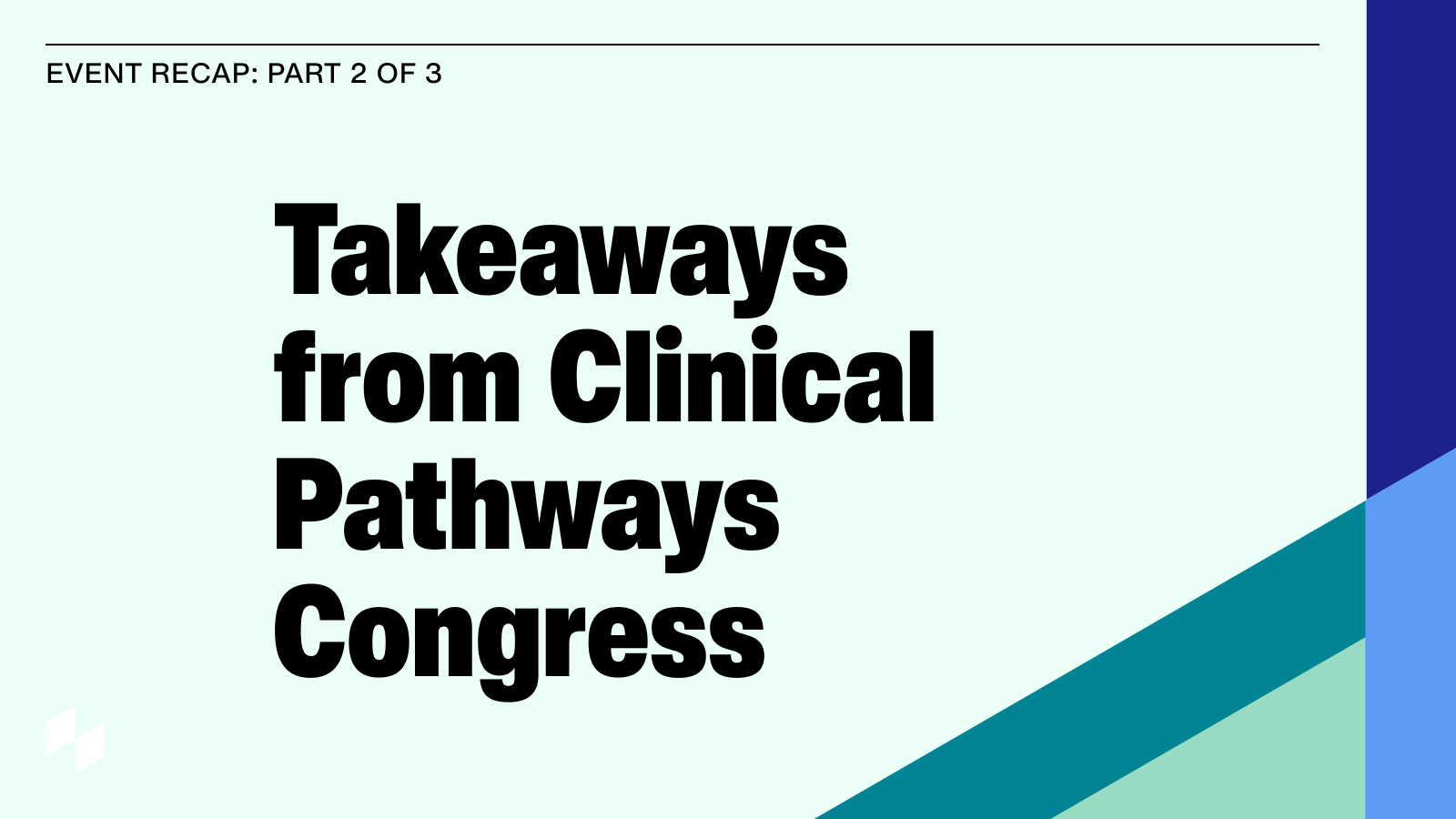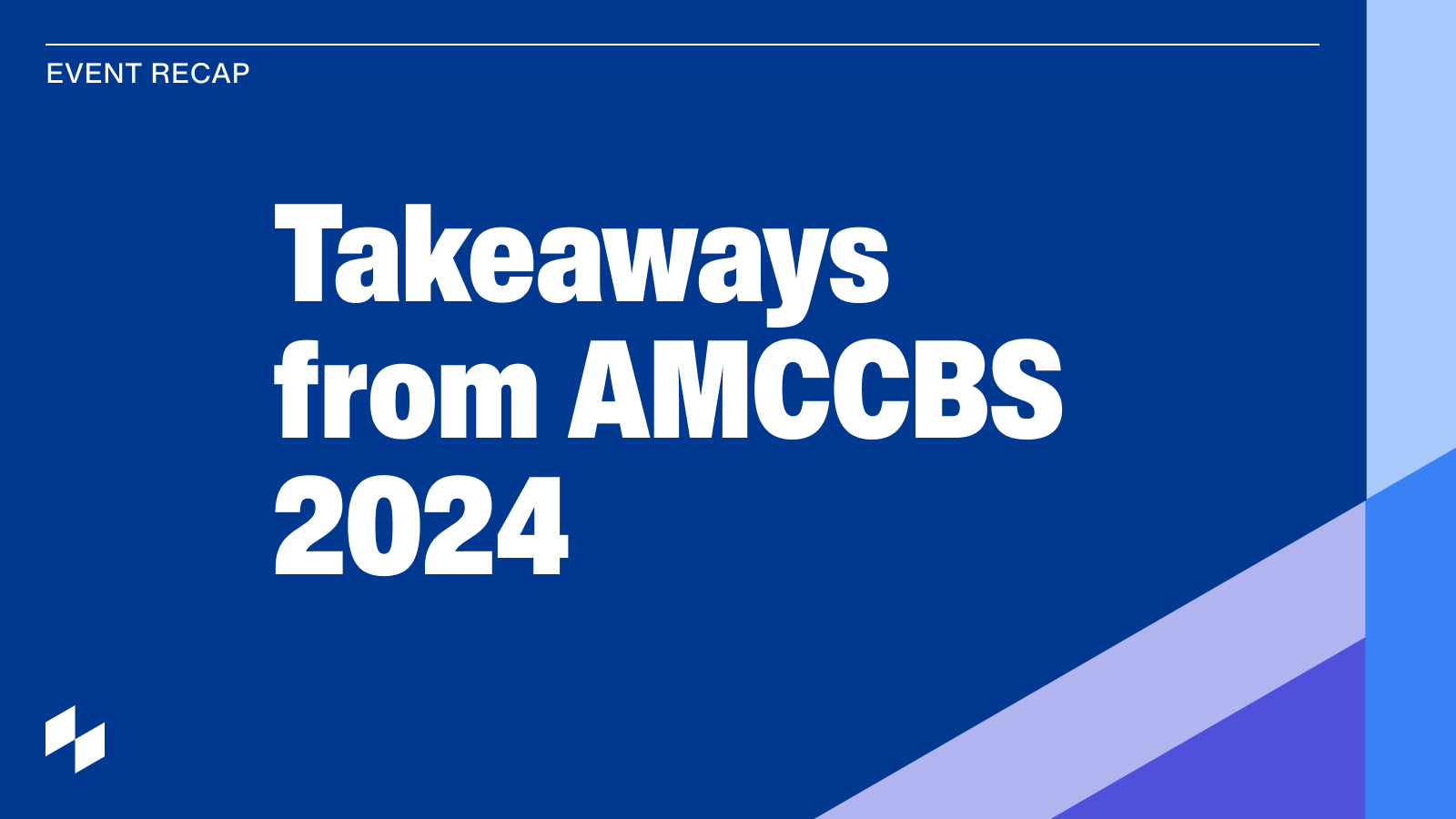This is a question practices are asking a lot these days, but what does it mean? "Downside risk" is an interesting term. It's a euphemism for how confident you are that you're really delivering value. And it underlies a larger existential question: can your practice, which is already operating on a razor-thin profit-margin, afford to take this chance?
Practices participating in the Oncology Care Model (OCM) have answered this question with a resounding, "No." All 190 OCM practices were offered the opportunity to take downside risk this year, and zero have chosen to do so.
Downside risk, however, is rapidly moving from a choice to a mandate. OCM practices that don't achieve their targeted total cost of care by 2019 are either removed from the program or forced to take downside risk to stay in the program. And oncology practices that are not in OCM, already fall into MIPS. By virtue of budget neutrality, MIPS will have winners and losers.
So, ready or not, downside risk has come.
Community oncology practices in particular struggle with this wind of change for a few reasons:
-
Patient volume: Stochastic events or simply "bad luck" is risk that practices can not control. Given the typical patient volume of a community oncology practice, stochastic events (especially with rare diseases) can easily take a high-performing community practice to the downside.
-
Can't improve what you don't measure: Practices haven't historically had claims data at their fingertips. They are now starting to receive this data from Medicare and commercial payers, but are not sure how to interpret it. There is limited ability to determine the quality of an individual provider or the total cost of a specific patient cohort from this data source alone. As a result, many practices have to rely on broad strokes, instead of targeted interventions to improve performance.
-
Volume to value: In fee-for-service models, practices were reimbursed based on the volume of services provided at their clinic. In this new value-based world, practices are now financially responsible for healthcare expenses throughout the entire patient journey, be it within their clinic's four walls or not.
So how might a practice turn its ship's course from volume to value?
First, the operational burden of value-based care requirements need to be met. This is no small feat, and our team further elaborates on this here. But there is a whole new set of activities beyond program requirements that practices must embark upon to responsibly take on downside risk:
-
Distributing and limiting the risk: While volume is no longer the primary focus, practices do need sufficient patient volume to distribute risk. This distribution of risk can be achieved through practice growth, IPA affiliation or reinsurance. Additionally, payers (commercial and government) can't afford for practices to fail, and can help avoid this by limiting or capping the potential downside.
-
Measuring value with clinical granularity: Specific disease cohorts such as non-small cell lung cancer vs. small-cell lung cancer cannot be differentiated from claims data alone, and the accuracy of provider attribution from claims data is quite poor. Simultaneously, cost of care is virtually absent from clinical data alone. In oncology, disease-specific and provider-level total cost insights require combining cost data (claims or charge) with clinical data (such as EHR data).
-
Investing in technology: Practices must identify and invest in new technology and services partners that are set up for success in this new world of value. It seems simple, but in healthcare it isn't always the case -- when looking for a technology partner, find a technology company.
Without these fundamental changes, we're just rearranging the deck chairs on the Titanic.



